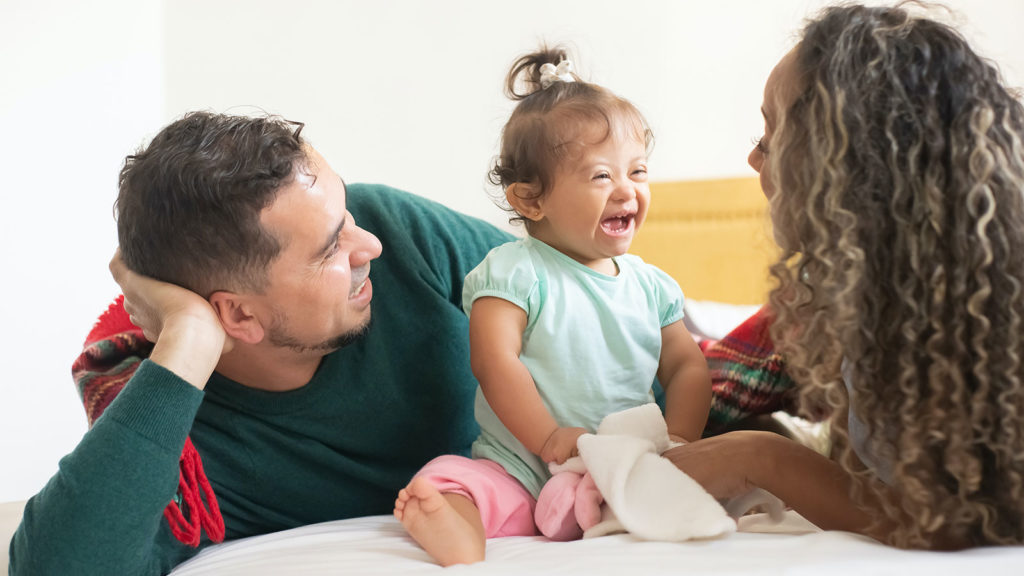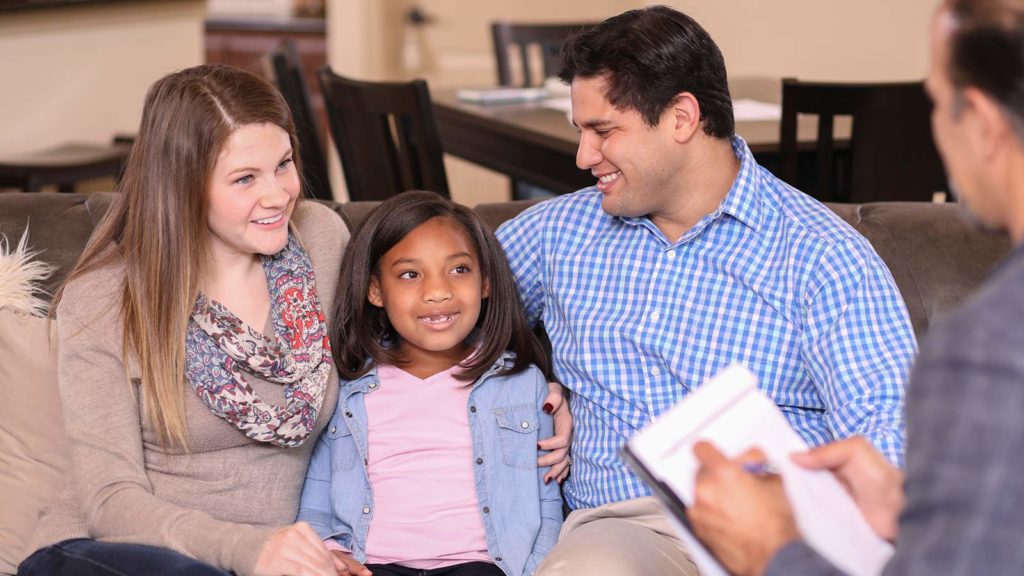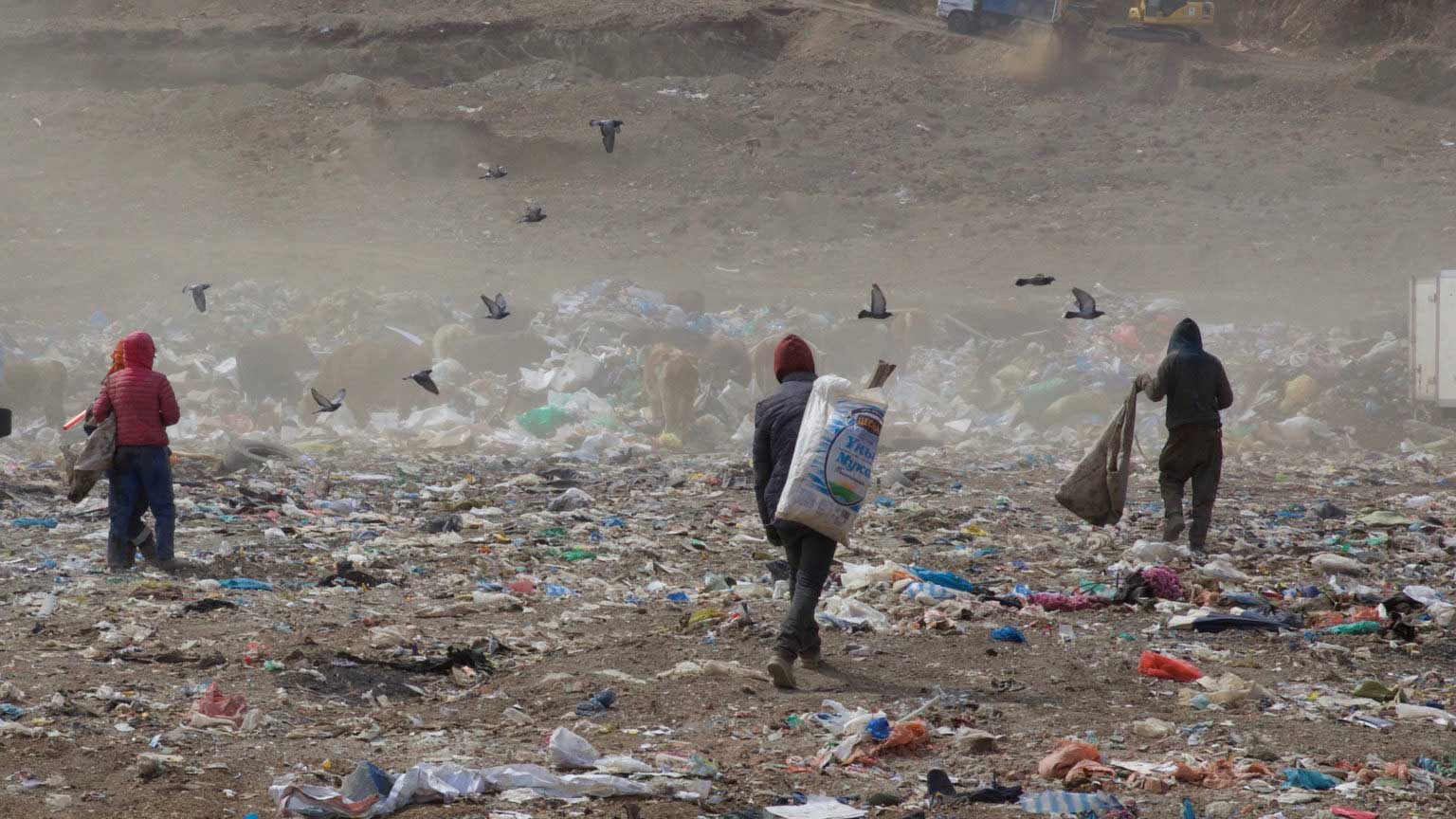When adults recall past difficult situations from childhood or teen years, often those difficulties arose from personal boundaries that were broken or disrespected. As parents, we can teach our children to set healthy boundaries and limits in their relationships with friends, siblings, peers at school and even with the adults in their lives.
Healthy personal boundaries come in many forms including:
- Emotional boundaries make it clear that we wish to be treated with respect and kindness.
- Physical boundaries that let the world know that our bodies deserve protection and respect.
- Material boundaries are decisions made on what things belong to us and what can be shared or even given away.
- Mental boundaries allow us to have our own thoughts, opinions and ideas, even if they are different from others.
I encourage people to remember that ‘no’ is a complete sentence.
Gavin de Becker, author and security specialist
Setting healthy boundaries and respecting limits when we interact with others are critical life skills. Our children will benefit greatly when adults take the time to teach and model these social skills. When we coach children through difficult relationships, they learn that saying “no” is just as important as saying “yes.”

Check out additional parenting resources!
View our expanded list of recommended parenting websites, books and other resources organized by topic.
You can help your child learn to set healthy boundaries by helping them:
- Create appropriate boundaries. Teach your child to assess what boundaries are appropriate in different situations, such as knowing when to share personal information or when to share toys or games with others.
- Know their rights. Help them become aware of their own rights and how things feel inside when they make good boundary choices or when boundaries are not working.
- Become assertive. Teach them assertiveness skills, including the ability to say “no” and walk away from situations that don’t feel right.
- Practice role-playing. Children can learn to make good decisions about setting limits by role-playing with a caring adult.
- Watch adults model healthy boundaries. Children learn by watching their parents or caregivers set healthy boundaries and hear why they made certain choices.
- Create boundaries with friends. Coach your children in challenging situations so that they learn to make and keep friends while setting good boundaries.
- Set “uncomfortable” boundaries. Help your children learn to accept that they sometimes may feel uncomfortable when setting a boundary or limit in a relationship, even though it’s the right thing to do.
- Learn to accept the word “no.” Teach your child to accept, and respect, the word “no” from others.
- Ask for help. Give children the skills to ask for help or report to a caring adult when they feel disrespected or mistreated.
The Three Rs
Relationship skills are complex and take time to learn. Expectations of how we set appropriate boundaries change as children age. Like other areas of life, we make mistakes. As part of teaching healthy boundaries, parents can teach children the “three Rs” when they have disrespected someone else’s boundaries:
- Repair the relationship by apologizing and showing empathy.
- Reflect on what happened by looking back and seeing if other choices were possible.
- Redo the action with a higher level of care and kindness.

Receive Post Adoption Coaching & Education
All parents encounter challenges as their children grow up. And sometimes, issues may arise that leave you uncertain as to how best to respond. But not every issue requires therapy or counseling. The PACE program is here to help during those times.


